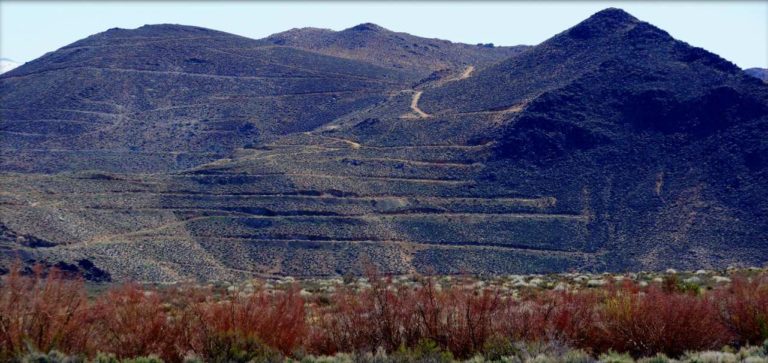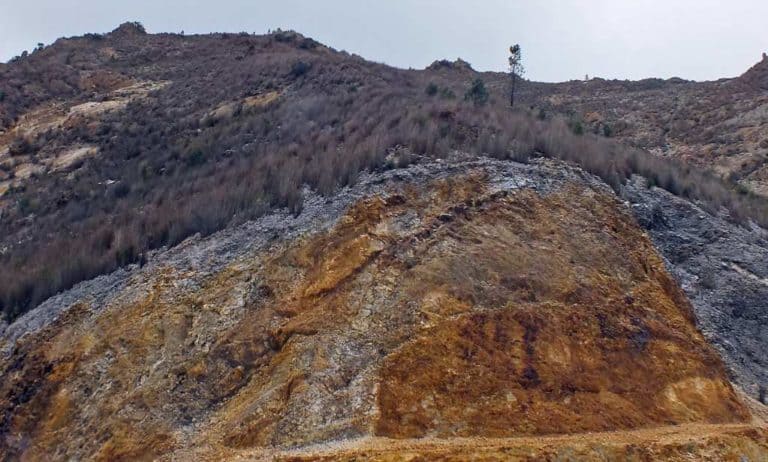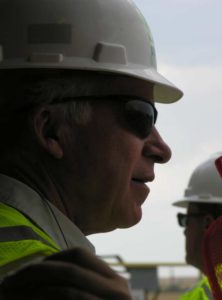A Need For Reclamation
Holding The Mining Companies Responsible
In the late 1960s, there was widening public awareness of excavation scars from mining operations. In 1969, Wyoming passed a first in the nation Mine Reclamation Act, which required all open pits to be back-filled and returned to their approximate land contour. By 1973, the Environmental Quality Act mandated even more stringent requirements regarding re-vegetation, water use, and air quality. Although Wyo-Ben had received few complaints about its operations, every mining company throughout the state became more focused on the need for reclamation and documentation. Regardless of their favorable history, Keith Brown knew that Wyo-Ben would ultimately be lumped in with all the big, bad mining companies.



Wyo-Ben needed to enforce these new laws but had no one employed to take such a position. After completing his Batchelor’s degree at Whitman College, Keith Brown’s oldest son, Richard, neared his doctorate in Arizona State’s graduate program. Richard already had a botany background, chemistry, genetics, and even ecology, distantly related to the immediate need. But…could…he…come…now?

Richard Brown was titled the Reclamation Associate. He was the Chief and all the Indians too because there was nobody else in his “Department of Reclamation.”
He had intended to work for only six months, but that turned into a year, and then two. And he found that he loved the work: doing baseline studies, checking soils, looking at water and aquifers, searching out new bentonite deposits, and enjoying the isolated outdoor environment of Wyoming. He ended up putting together a department of five people and assumed the title of Reclamation Manager.
And What About Archaeology?
There was also a growing awareness to preserve the archaeology of native Americans and the natural habitats of animals living in Wyoming’s open spaces.
Although there were difficult problems to deal with during this decade – a failed unionization effort by some plant workers, experimentation with a four-day workweek, and new reclamation efforts – those challenges were dealt with and resolved.
The 1970s were generally a time of stability and expansion for the company. The future looked very good for Wyo-Ben.
NOTE: Keith had repeatedly advocated that Wyo-Ben employees join in community efforts. He himself was on the board of Rocky Mountain College, founder and first president of the Bentonite Producers Association, a booster of the Boy Scouts and the Chamber of Commerce, member of Billings Rotary, the Hilands Country Club, Al Bedoo Shrine, Elks, and Free Mason, and St. Andrew Presbyterian Church. He even made time for his favorite hobby. And he and his brothers often stopped in to visit their mom following work. How he got his parrot’s photo into the newspaper is still a mystery, though.
Events of Significance During the Period: 1970 – 1980
1970 – Vietnam Protests Increase
1970 – Record Wyoming Bentonite Production
1972 – Nixon Visits Red China
1974 – Watergate Causes President to Resign
1976 – National Revelry Over 200 Year Birthday
1979 – Iranians Seize U.S. Embassy
Inventions and Fads: Encounter Groups, Mickey Mouse Watches, VCRs, Skateboards, Mood-rings, Pet Rocks, Disco, Star Wars, Sneakers, Vast Wasteland, Gaudy Fashion








